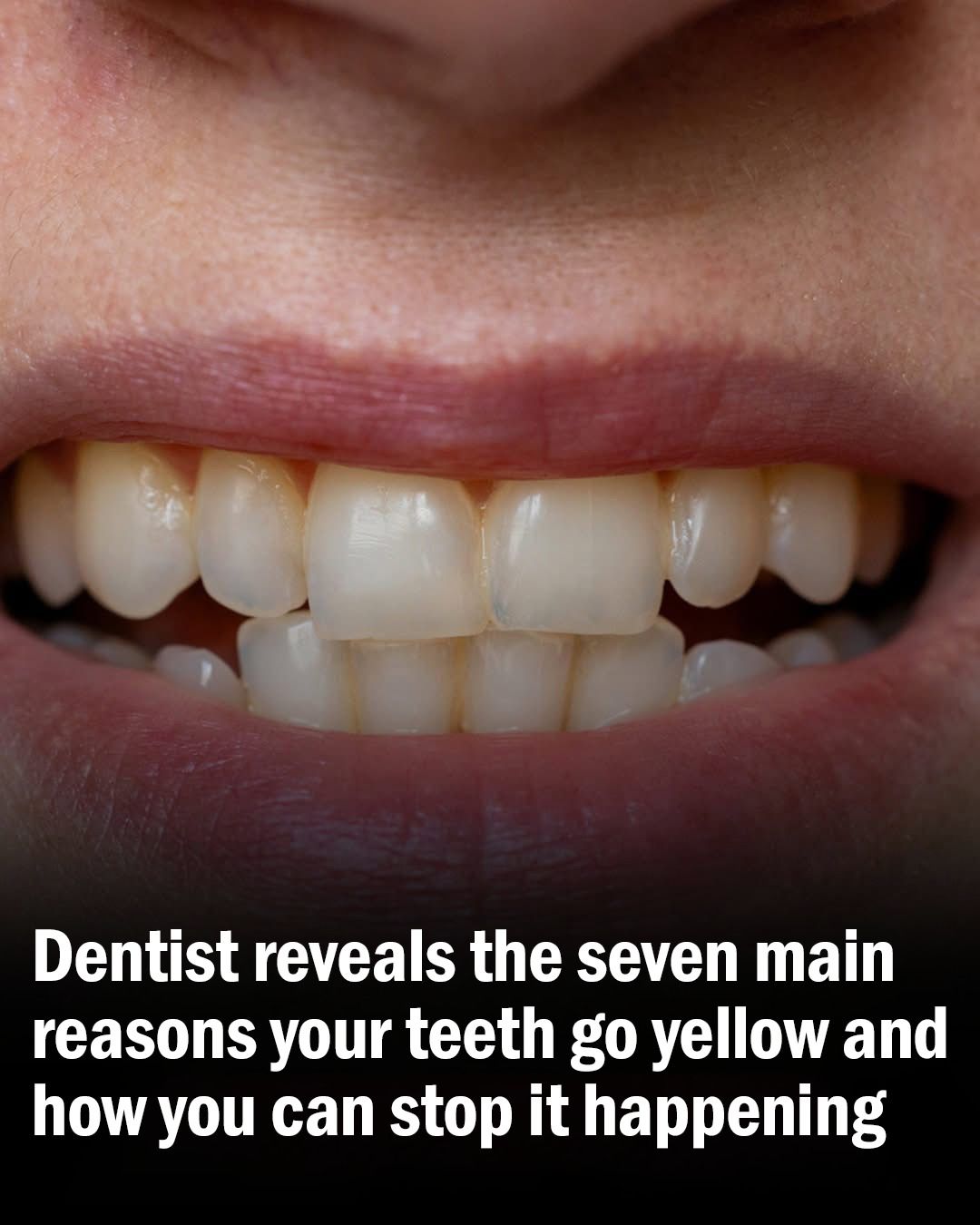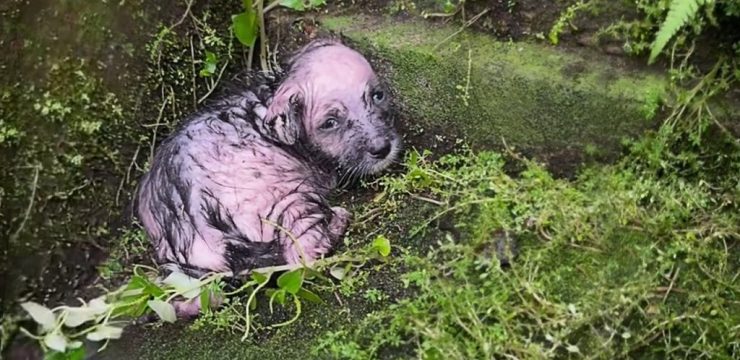Have you ever looked in the mirror and wondered why your smile isn’t as white as it used to be? You’re not alone. Yellowing teeth is something nearly everyone deals with at some point, and it’s not always about poor hygiene. From genetics and aging to smoking and medication, there are many reasons your pearly whites might be looking a little dull these days. Some factors are simply out of your control, but others can be managed or even reversed with a few smart habits. To help you understand what’s really going on, here’s a breakdown straight from dental professionals on the seven most common causes of yellow teeth—and what you can actually do about them.

1. Genetics
Sometimes, it really is in your DNA. Some people are born with thinner enamel, which means the yellow-colored dentin underneath shows through more easily. Others have more porous enamel that absorbs stains more quickly. Unfortunately, you can’t change your genes, but you can fight back. Using fluoride toothpaste helps strengthen enamel and makes teeth more resistant to stains. Limit drinks like coffee, tea, and red wine that are known to darken enamel. And be consistent with professional dental cleanings—they can polish away surface stains before they become permanent. For more stubborn discoloration, professional whitening treatments may be the best option.
2. Dental Treatments
Believe it or not, some dental procedures can actually contribute to discoloration. For instance, root canals—while necessary in many cases—can cause internal tooth darkening since the nerve is removed. Crowns, fillings, and other restorations don’t always match your natural enamel and may appear darker over time. Also, overusing whitening treatments can wear down enamel and make the dentin more visible. If you’re considering dental work, talk to your dentist about stain-resistant materials or tooth-colored options. For uneven color, internal bleaching or cosmetic veneers can help even things out.
3. Smoking
Here’s a big one: tobacco use. Cigarettes and other tobacco products contain nicotine and tar—both of which cling to enamel and cause serious staining. These substances can settle deep into the tiny pores of your teeth, turning them yellow or even brown over time. Smoking also reduces saliva, which normally helps clean your mouth. The best fix? Quitting smoking altogether. But even if you’re not ready for that step, brushing with whitening toothpaste, using an electric toothbrush, and rinsing with water after each cigarette can help reduce some of the damage. Still, there’s no denying that quitting is the best move for your smile—and your health.
4. Aging
As we age, our enamel naturally thins, revealing more of the yellow dentin beneath. Years of chewing, brushing, and exposure to acidic foods wear away at enamel and make stains harder to remove. While there’s no way to stop aging, you can slow down its effects on your teeth. Use fluoride products, avoid acidic beverages, and stay consistent with dental care. With the right approach, you can keep your smile looking fresh well into your golden years.
5. Medications
Some medications can affect the color of your teeth, especially if taken during childhood while teeth are still developing. Antibiotics like tetracycline are known to cause permanent staining. Even common medications like antihistamines, high blood pressure pills, and chemotherapy drugs can cause yellowing by altering your body’s chemistry or reducing saliva flow. Dry mouth means more staining particles stick around. If you’re on a medication and notice changes in your teeth, talk to your doctor. You might be able to switch to a different treatment. Meanwhile, stay hydrated and maintain a strict oral care routine.
6. Illness
Certain illnesses—and even the treatments for them—can lead to tooth discoloration. Acid reflux, for example, allows stomach acid to reach your mouth, wearing down enamel over time. Liver disease can affect how your body processes the minerals that keep your teeth strong and white. There’s also enamel hypoplasia, a condition where early childhood illness affects enamel development, leading to lifelong yellowing. The best defense is to manage underlying health conditions and stay on top of dental care. In cases of severe discoloration, whitening treatments or veneers can help restore your smile’s appearance.
7. Poor Oral Hygiene
Sometimes the culprit is the simplest one: not brushing and flossing properly. When plaque builds up and hardens into tartar, it turns yellow or brown and attracts even more stains. If you skip cleanings or floss irregularly, the plaque between your teeth becomes a permanent fixture. The fix is straightforward—brush twice a day with fluoride toothpaste, floss daily, and don’t skip those dentist appointments. Your smile depends on it.
Final Thoughts
Brightening your smile doesn’t require expensive treatments or complicated routines. It starts with awareness and consistency. While you can’t do much about your age or your genetics, you can change your daily habits. Cut down on staining drinks, quit smoking, brush and floss regularly, and see your dentist for cleanings. And if you’re still not happy with the color of your teeth, talk to your dentist about safe and effective whitening options. With a little effort, you can reclaim your confident, glowing smile—and maybe even inspire someone else to do the same. So go ahead, flash those teeth—you’ve earned it.





